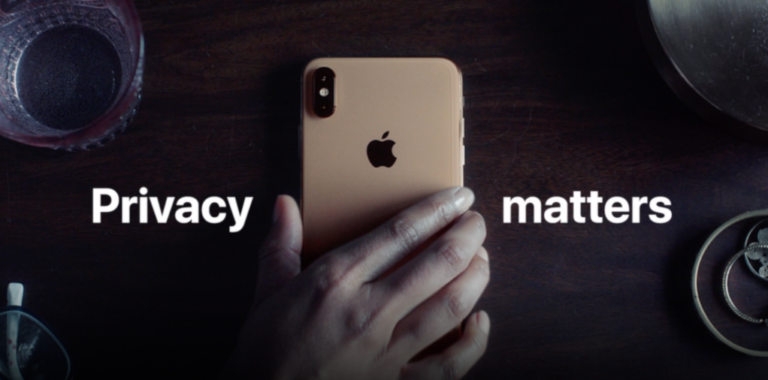
In the past few years, the integration of artificial intelligence into marketing has shifted from a novelty to a necessity. But as brands push harder for automation, personalization, and efficiency, one question starts to echo louder: How much AI is too much?
When does automation cross the line from helpful to hollow? How can brands avoid losing their voice while gaining speed? Let’s explore these questions with U.S.-relevant brand examples, marketing scenarios, and suggestions on keeping the human spark alive.
1. AI’s Sweet Spot in Marketing
AI is undeniably powerful. It helps analyze data, predict trends, and even write copy. For many U.S. brands, AI has unlocked levels of personalization and efficiency that weren’t possible a decade ago.
Brand Example: Starbucks
Starbucks leverages predictive analytics in its app to recommend drinks based on location, season, and past behavior. But it still gives customers the ability to manually explore menus—maintaining a balance between automation and discovery.
When AI Works Well:
- Automating routine tasks like A/B testing.
- Personalizing email campaigns based on customer behavior.
- Real-time chatbots offering basic customer support.
Suggested Tools:
- HubSpot AI – Email subject line optimization, content generation.
- Klaviyo – AI-powered segmentation for e-commerce.
- Drift – Conversational AI that actually mimics human response tone.
But too much of a good thing can quickly go bad.
2. When AI Becomes Too Much
Overreliance on AI can make marketing feel cold, impersonal, and even creepy. Many consumers in the U.S. are now sensitive to over-personalization or being obviously targeted by algorithms.
Brand Example: Sephora
Sephora’s AI chat assistants once faced backlash for recommending products that didn’t match customer queries. The result? Frustration, and a need to reintroduce more human oversight into their AI recommendations.
Signs of AI Overuse:
- Responses sound robotic or off-brand.
- Over-targeting ads that stalk users across platforms.
- Automated copy that lacks emotional resonance.
- A/B tests that optimize for click-throughs but ignore long-term brand impact.
If your customer can tell a machine is talking—or if your team is letting algorithms make the creative calls—you might be doing too much.
Continue reading…
(Next up, see how real brands adjusted their AI strategies to reconnect with consumers—and how your team can recalibrate.)


